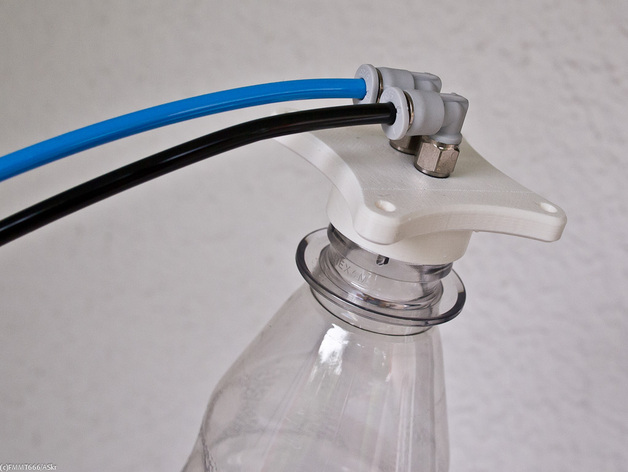xl97
Master Member
Question for all the active molding and casting members here..
I want to take a 3D printed object.. and make a non-porous, -CAST- of it (actually like 10-15 of them in the end)..
I do not want to use the actual 3D printed part because my understanding is that the plastic is porous and can keep mold and bacteria trapped in it..etc..
These objects will have liquid/liquor somewhat touching them.. so I'd like to eliminate that...
And cast them in a food safe material.
Preferably a very STRONG/DURABLE (yet food safe) medium?
Side note: might also be looking for someone to help edit a model from thinigverse if anyone has the time? (PM me)
All feedback appreciated.
Thanks!
I want to take a 3D printed object.. and make a non-porous, -CAST- of it (actually like 10-15 of them in the end)..
I do not want to use the actual 3D printed part because my understanding is that the plastic is porous and can keep mold and bacteria trapped in it..etc..
These objects will have liquid/liquor somewhat touching them.. so I'd like to eliminate that...
And cast them in a food safe material.
Preferably a very STRONG/DURABLE (yet food safe) medium?
Side note: might also be looking for someone to help edit a model from thinigverse if anyone has the time? (PM me)
All feedback appreciated.
Thanks!
Last edited:

